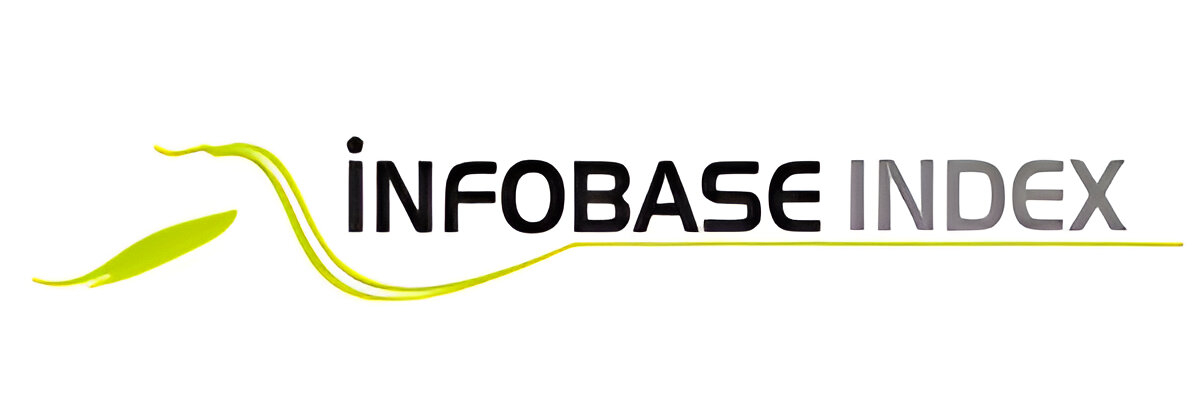IOT-ENABLED SEA WEATHER AND POLLUTION MONITORING STATION
Abstract
Unlike weather on land, sea weather is highly unpredictable and changes drastically at times. Keeping track of sea
weather always is a very tough task. Also, sea pollution is a growing issue of concern and the first step to
controlling pollution is measuring it. Another problem is the unavailability of cellular or other data networks in
sea or data transmission. It is necessary to always use small sea weather stations with own data transmission
capability in the sea to get data about these details. So, we hereby design and develop a small sea weather as well
as sea pollution monitoring station that can transmit this data over to the monitoring station on sea shores. The
system uses a range of sensors all controlled controlled by an Arduino UNO in order to achieve this task. Along
with it we also develop a receiver system to receive and display the data from the transmitter. The transmitter unit
is always in the sea and its not possible to constantly charge itself from time to time, so we use a solar panel to
allow it to generate its own power and keep working in the sea. The solar panel charges the onboard battery
which is used to power the circuitry. The transmitter uses turbidity sensor to check pollution, DHT 11 for
Temperature and Humidity levels above the Sea water. Also, the system has an accelerometer sensor to detect
sea state, depending on weather the sea is rough or calm, the accelerometer throws values that can be used to
check if sea is calm or rough. These values are constantly monitored by the Arduino UNO and transmitted at
certain intervals by through a n RF transmitter. The transmitter is fitted with a high gain antenna in order to
achieve maximum transmission range. Now the receiver unit is developed using a Node MCU and display in
order to receive data transmitted by the transmitter buoy and display it. The receiver unit consists of a n RF
receiver with an antenna that is used to receive the data values transmitted by sea unit. This data is now received
and processed by the Node MCU. The Node MCU now displays these values on the lcd display. If a value is not
normal or beyond set range it also sounds a buzzer alert and displays alert in order to notify station officers to
act and warn ships/people in the vicinity.











